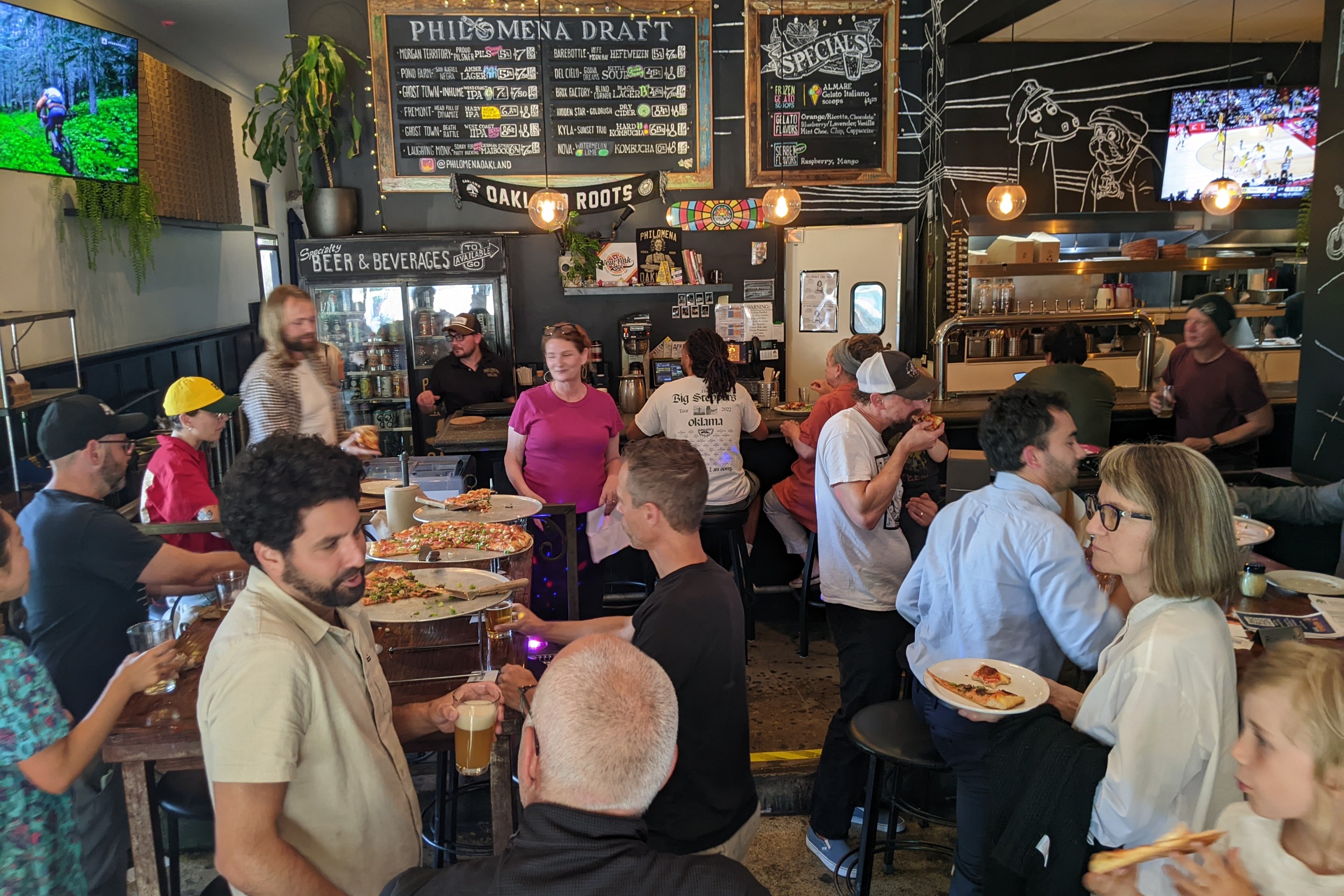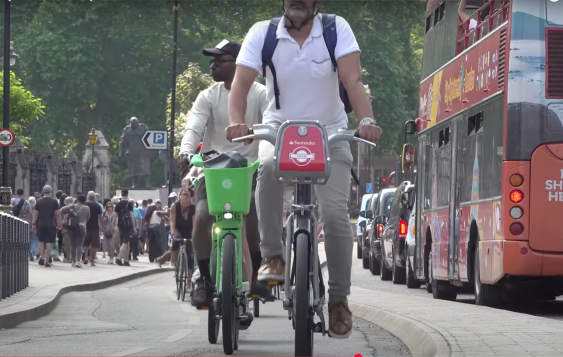Yesterday on the Streetsblog Network, we looked at the concept of "resilient cities" -- an idea that some of our commenters on Streetsblog NY and Streetsblog LA sites frankly weren't buying.
Today, we have a post from Streetsblog Network member Smart Growth Around America
about a city that is desperately searching for some definition of
resiliency -- Flint, Michigan. The plight of Flint, which now has only
half as many residents as it did at its peak of 200,000, was first
brought to national attention in Michael Moore's 1989 film Roger & Me (although there was plenty of controversy over the way the movie blamed General Motors for the situation).
 An abandoned home in Flint, Michigan. Photo courtesy of NPR.
An abandoned home in Flint, Michigan. Photo courtesy of NPR.Things haven't gotten better -- and as NPR reported earlier this week,
the city's government is trying to figure out how to reshape a
landscape of empty lots and abandoned homes by using landbanking to
create clean green space as well as by encouraging concentrations of
denser population.
Smart Growth Around America writes:
“Whatwe really need is a new map, literally a design of the city that looksat every block in every neighborhood, and then makes decisions aboutwhere it makes sense to either let nature take the land back or tocreate some intentional open green space,” Flint resident and GeneseeCounty treasurer Dan Kildee said in the [NPR] story. “So that 100,000people can live in a city that does not look half-empty.”
Using a process known as landbanking,the city is working with residents to reshape vacant properties intospaces that improve life for the citizens that choose and want toremain in Flint.…
Flint is also looking for ways to restorethe population concentration found in the old neighborhoods -- not onlybecause infrastructure and public services are more expensive toprovide insparsely-populated neighborhoods -- but because density helps supportthe restaurants, grocery stores, shops, and schools that neighborhoodresidents need for their daily lives.
Planetizen
has an excellent article by John Kromer about the controversy over
landbanking and the backlash against efforts like Flint's, led by the
likes of Rush Limbaugh. He writes:
I can
assure Mr. Limbaugh…and others that they need not fear either
reforestation or large-scale convention center development on viable
urban tracts.…As head of the Genesee County
Land Bank Authority, Daniel Kildee has found a way to generate revenue
for the City of Flint while increasing the value of Flint’s real estate
assets. At the start of each fiscal year, the Authority takes control
of all tax-delinquent properties that would otherwise be sold at
auction. The Land Bank Authority does not have to compete in bidding
wars against speculators, and the City is paid all the taxes due on the
properties taken by the Authority.Then, in coordination
with local government agencies and civic groups, the Land Bank
Authority makes sensible, systematic decisions about the future of the
properties it now controls. An empty house in move-in condition is
assigned to a real estate broker, with net sales proceeds paid to the
Land Bank Authority. A small vacant lot is sold to a neighboring
homeowner for use as a side yard. In a typical year, 25 to 50 houses
are rehabilitated for sale or rent. And some fire-damaged, structurally
unsound, and severely dilapidated buildings are demolished in order to
remove hazardous conditions and create cleared sites for new investment.A
growing number of local and regional leaders are exploring
opportunities to replicate this model of successful reinvestment, and
the Obama Administration is offering funding to governments that want
to organize land banks of their own. The goal is neither reforestation
nor wholesale razing of communities. Community preservation and the
creation of new value are paramount.
Any of you out there have more examples of this type of initiative? Do you live in a city where it might be useful?
Elsewhere around the network: Kaid Benfield at NRDC Switchboard has a story of revitalization in Washington, DC. How We Drive looks at the evergreen question of roadside memorials and their potential to cause more crashes. And Worldchanging offers five smart new things to read about climate change.




